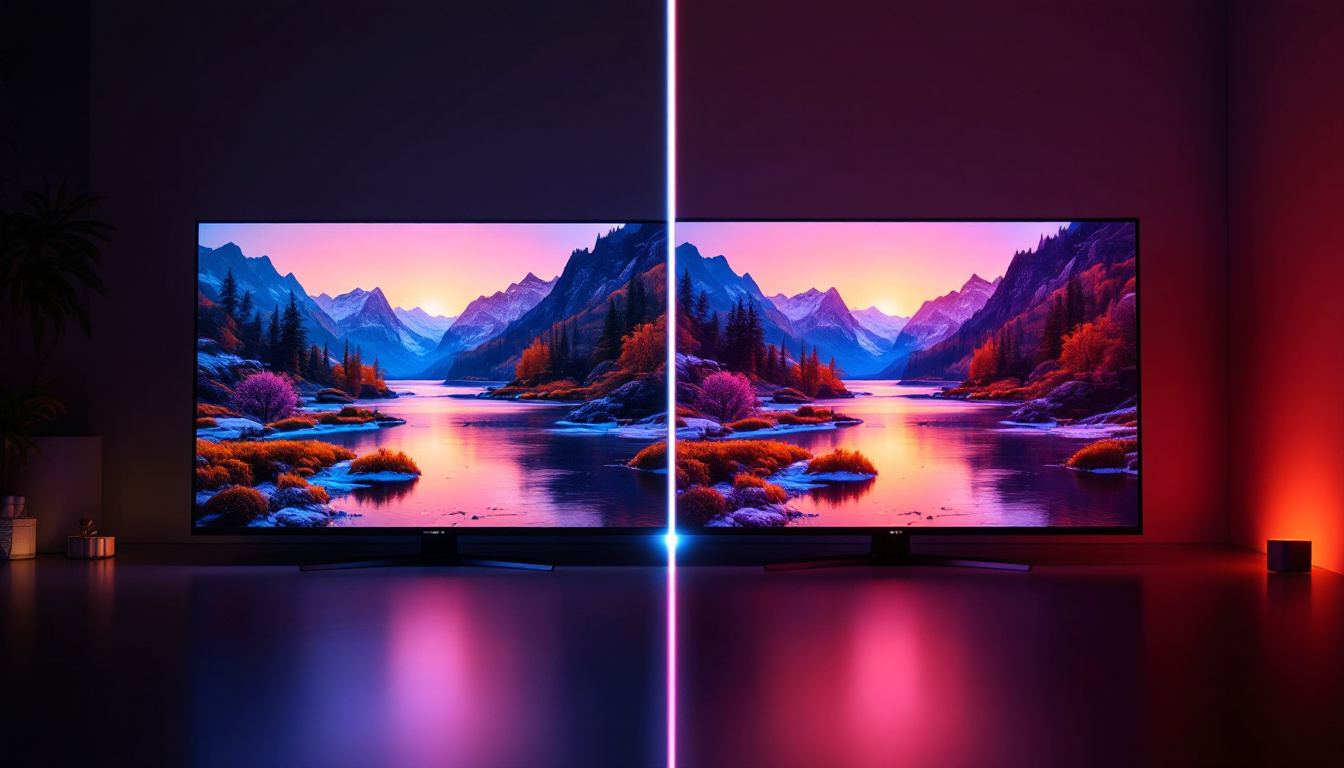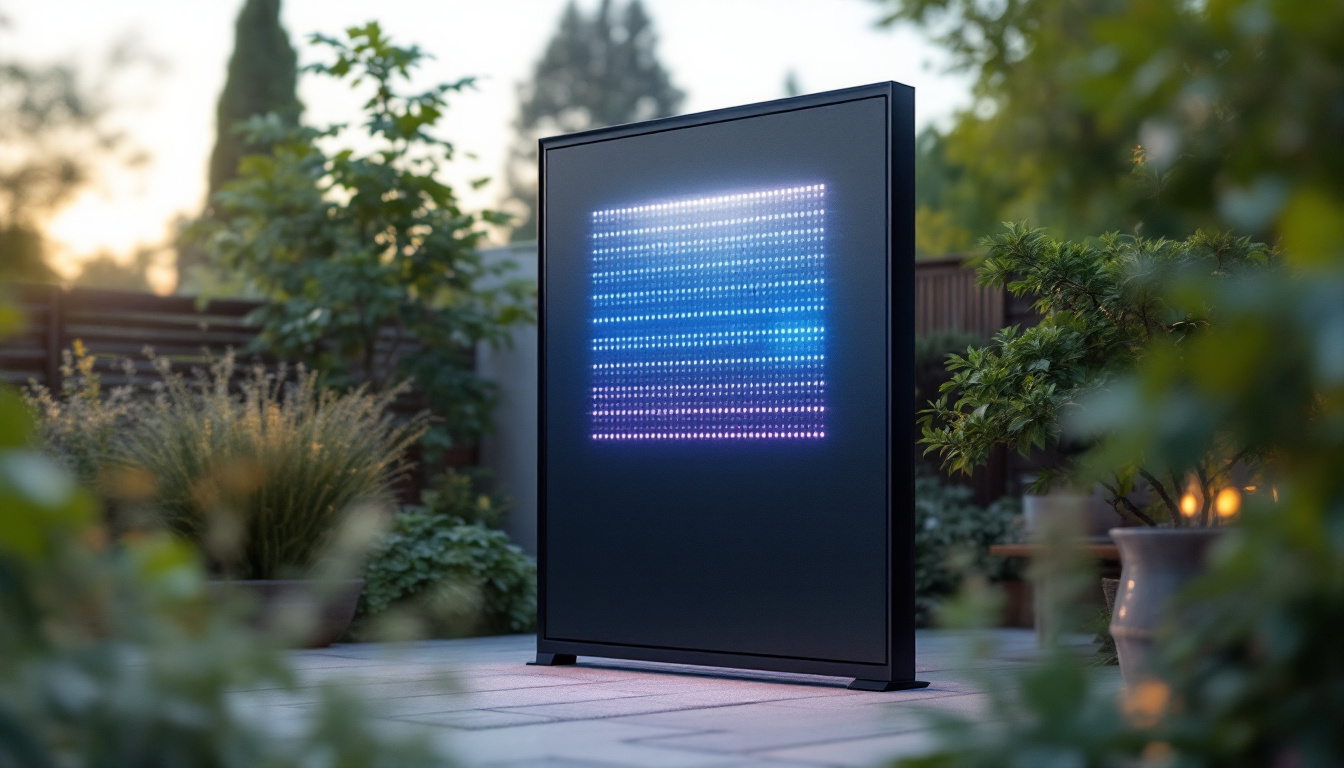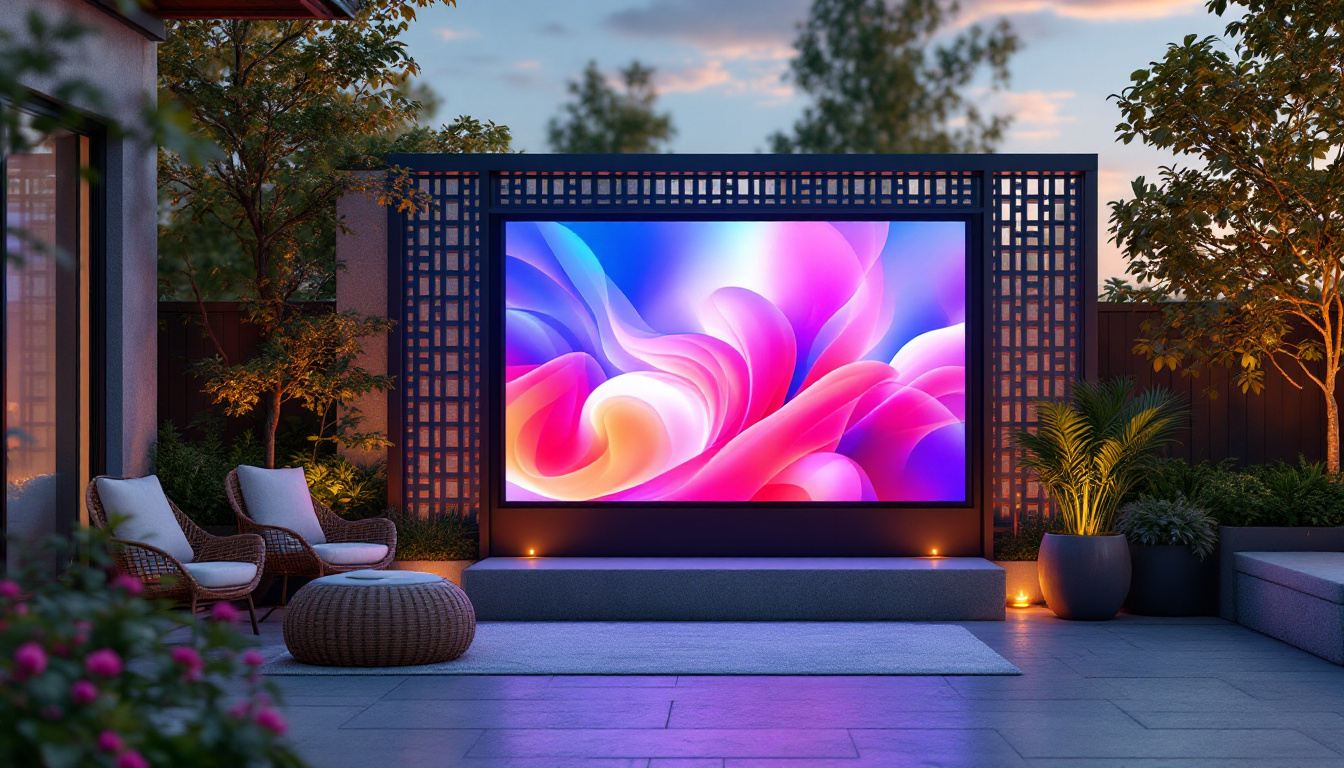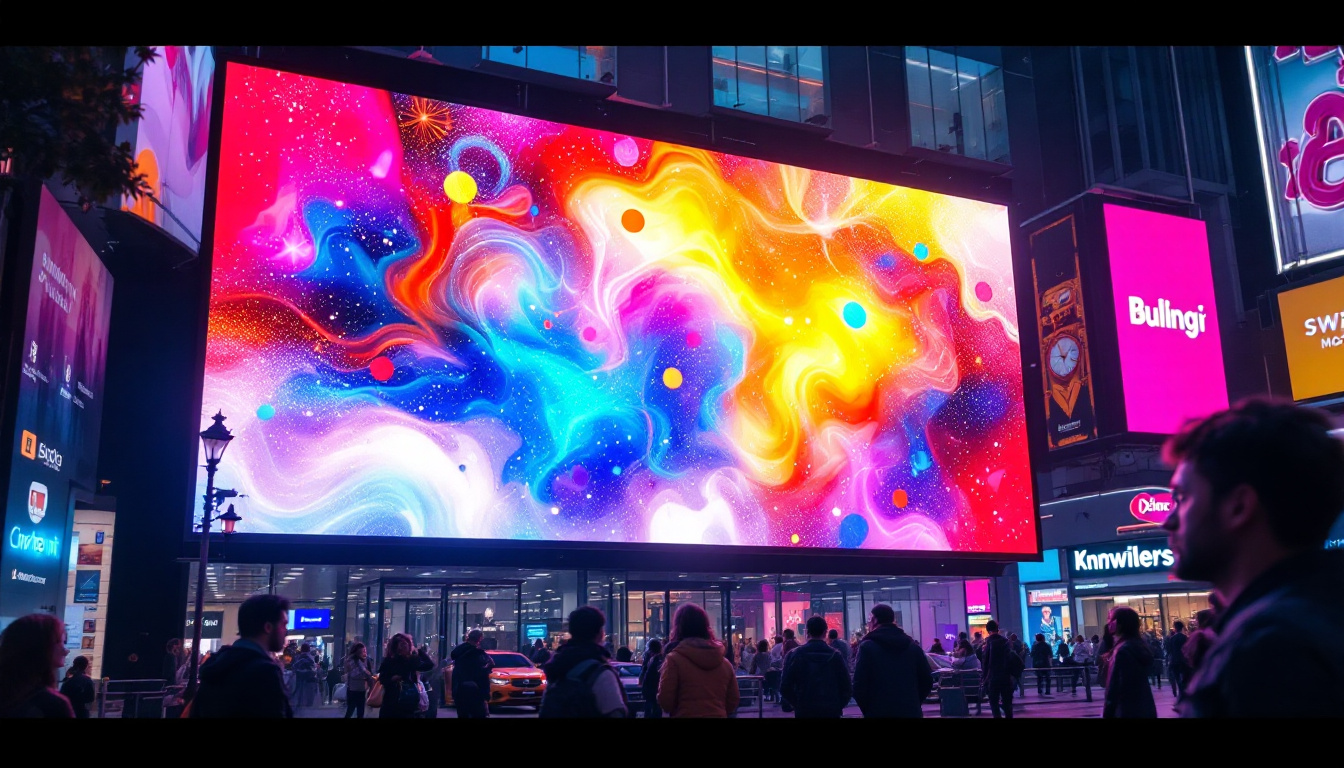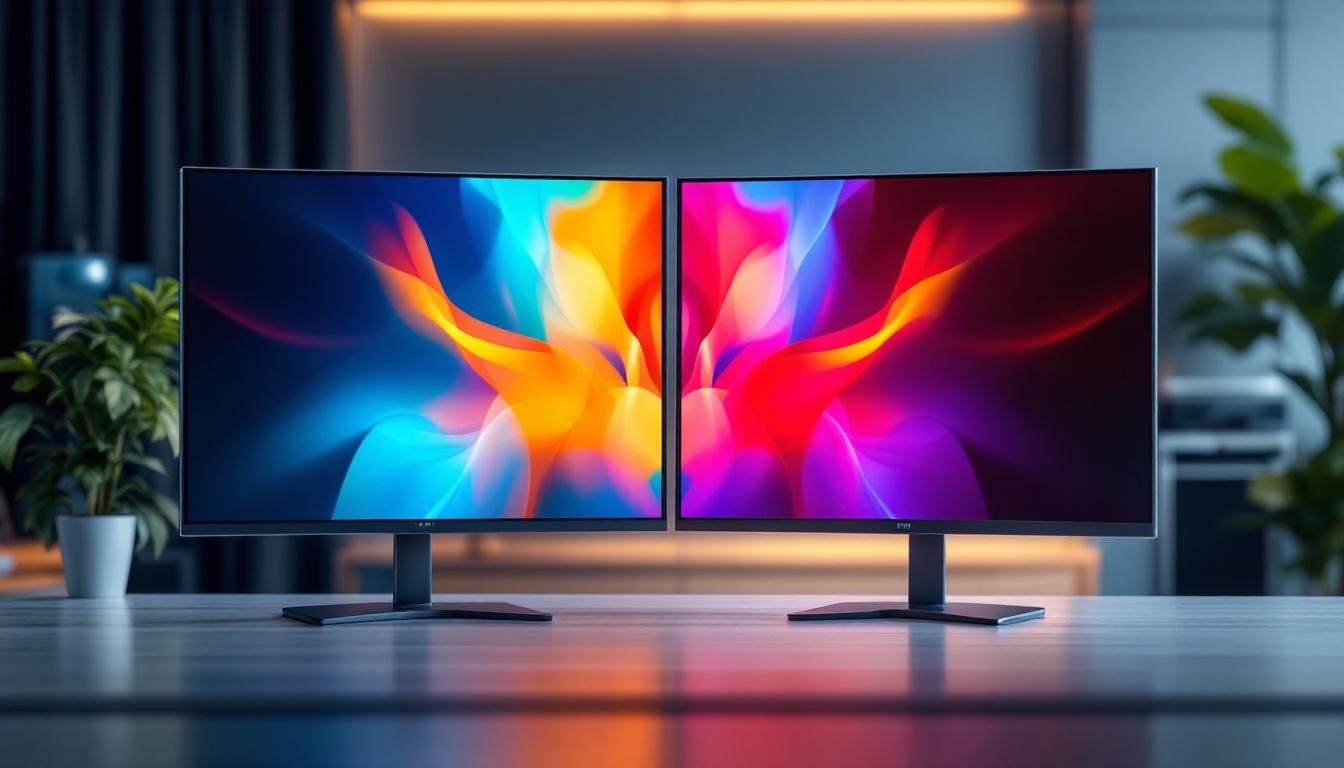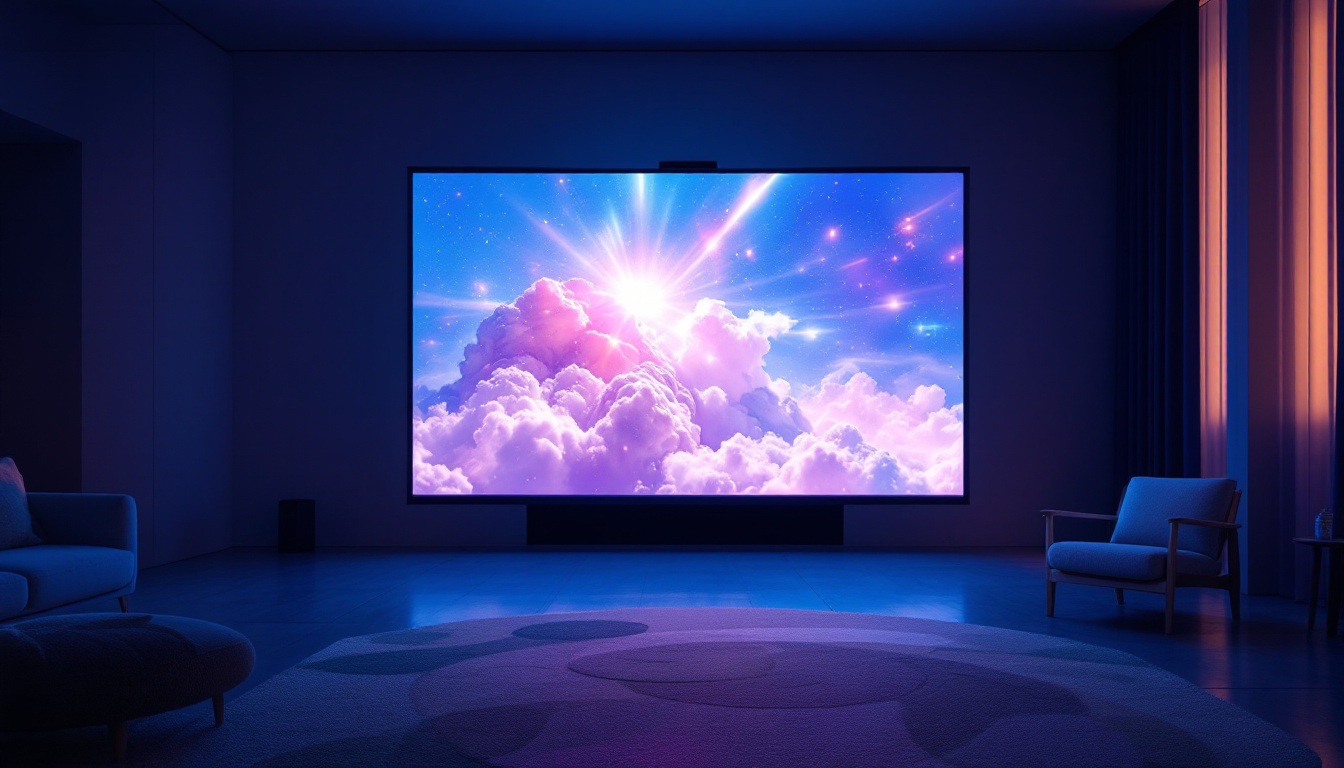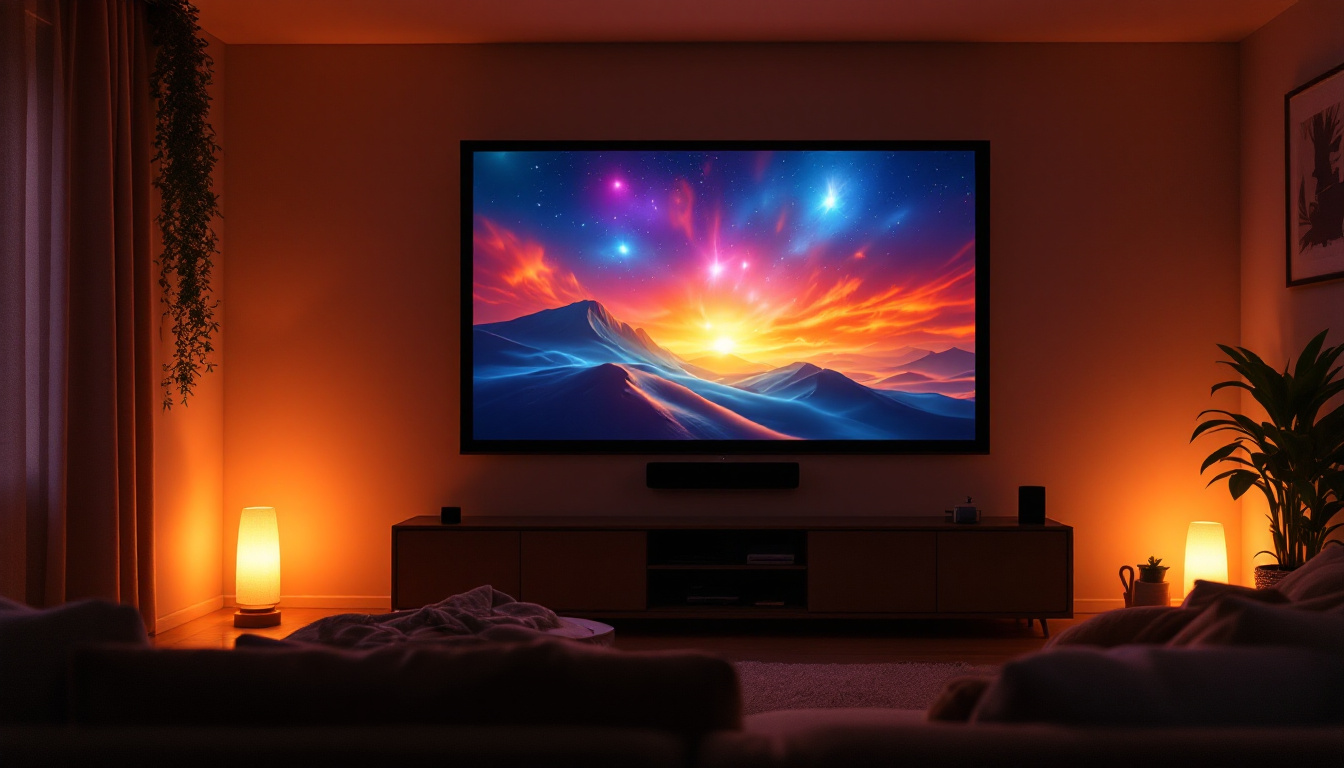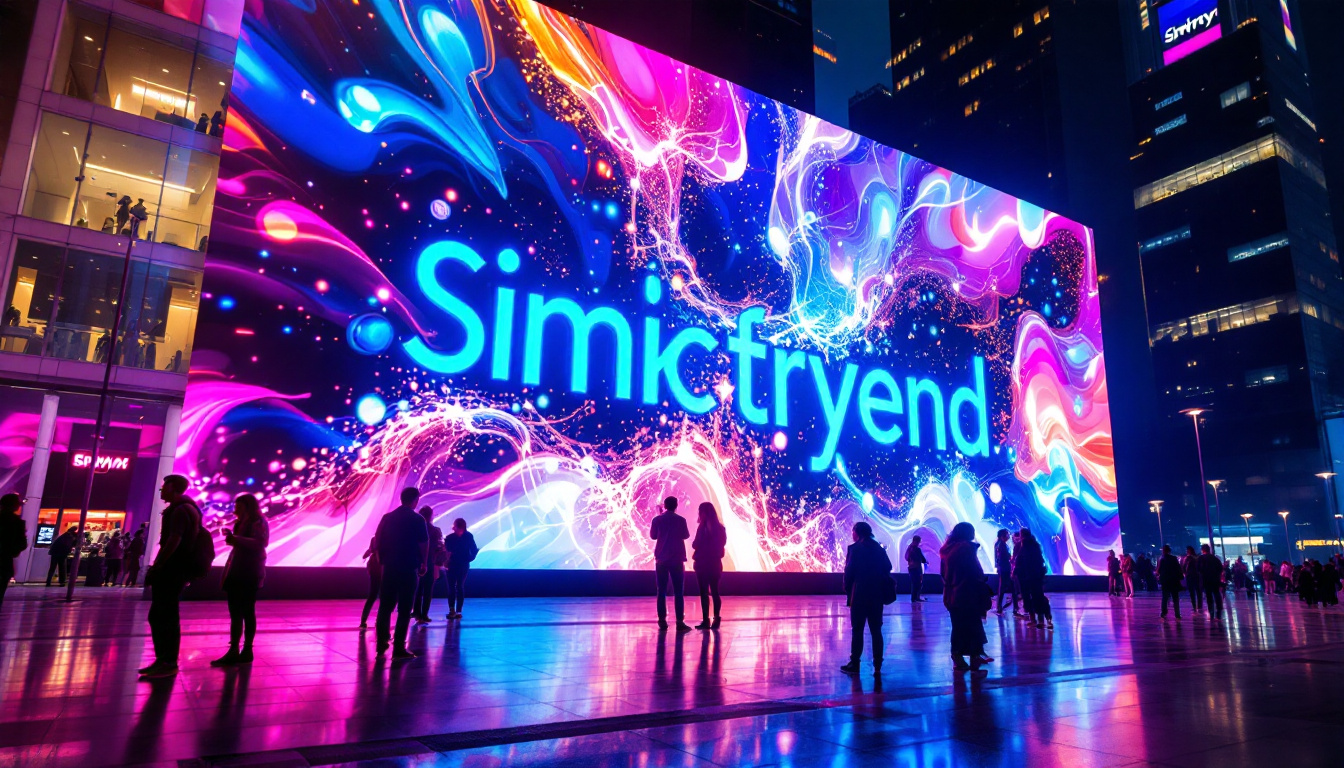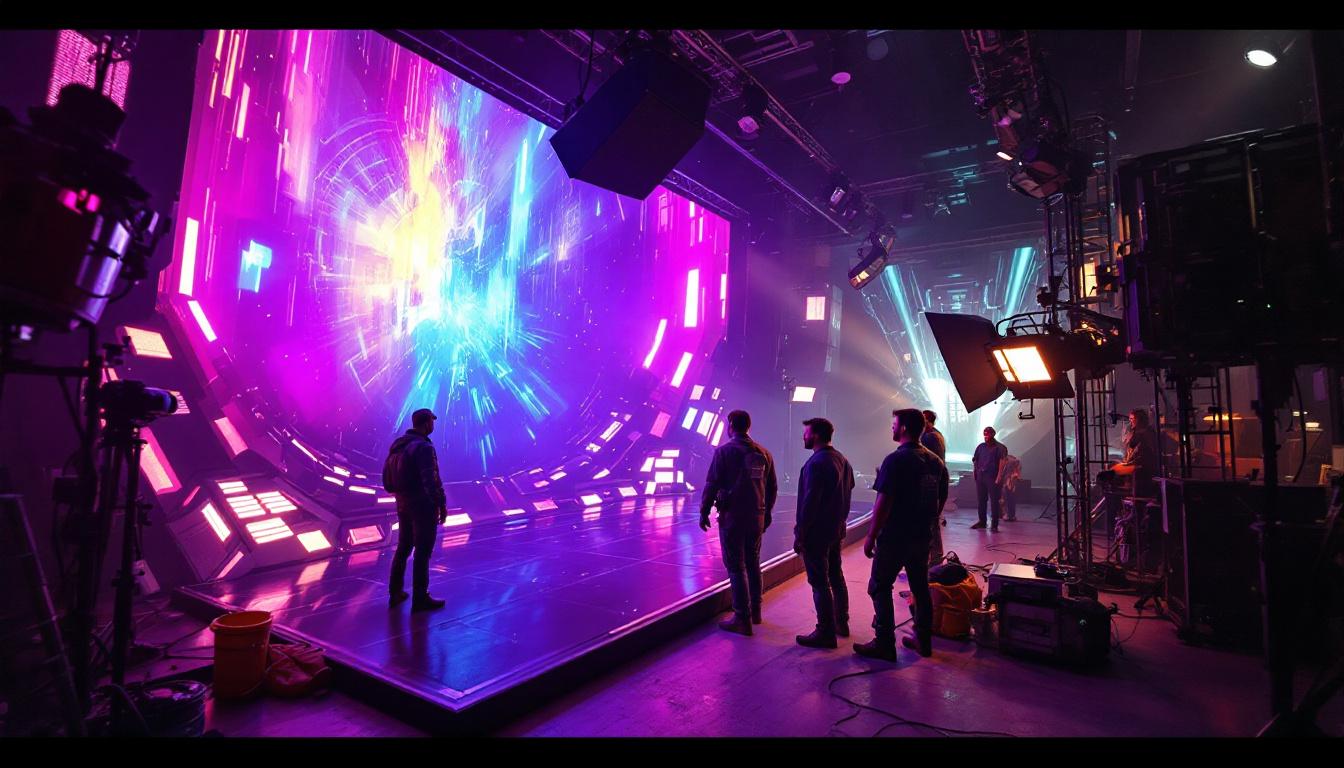In the rapidly evolving world of display technology, the differences between various standards can significantly impact performance and user experience. DisplayPort (DP) has been a key player in this arena, particularly with its versions 1.4 and 2.1. Understanding the distinctions between these two versions is crucial for anyone looking to maximize their LED display capabilities, whether for gaming, professional work, or home entertainment.
Understanding DisplayPort Technology
DisplayPort is a digital display interface developed by the VESA (Video Electronics Standards Association). It is designed to connect a video source to a display device, such as a monitor or projector. Over the years, DisplayPort has evolved, introducing new features and capabilities with each version. The two versions in focus, DP 1.4 and DP 2.1, offer different specifications that cater to various needs.
Key Features of DisplayPort 1.4
Launched in 2016, DisplayPort 1.4 brought several enhancements over its predecessors. One of the standout features is its support for 8K resolution at 60Hz, which is a significant leap for high-resolution displays. This capability is made possible through the use of Display Stream Compression (DSC), allowing for high bandwidth without compromising image quality.
Additionally, DP 1.4 supports High Dynamic Range (HDR) content, which enhances the contrast and color accuracy of images. This is particularly beneficial for users who engage in graphic design, video editing, or gaming, where visual fidelity is paramount. Furthermore, it allows for multiple display connections through Multi-Stream Transport (MST), enabling users to daisy-chain several monitors. This feature is especially useful in professional environments, where multitasking across multiple screens can significantly enhance productivity and workflow efficiency.
Limitations of DisplayPort 1.4
Despite its advancements, DP 1.4 does have limitations. The maximum bandwidth of 32.4 Gbps, while impressive, can be restrictive for future applications that demand higher data rates. As technology progresses, the need for faster connections becomes increasingly critical, particularly with the advent of 8K gaming and immersive VR experiences. Moreover, while DP 1.4 supports HDR, the implementation can vary between devices, leading to inconsistencies in performance and user experience.
Another aspect to consider is the compatibility of DisplayPort 1.4 with older devices. While it is backward compatible with previous versions, users may not always be able to take full advantage of the enhanced features if they are connecting to older hardware. This can lead to a situation where the potential of DP 1.4 is not fully realized, prompting users to consider upgrades to their entire setup to harness the latest technology effectively. As the demand for higher resolutions and refresh rates continues to grow, understanding these limitations becomes crucial for consumers and professionals alike.
Introduction to DisplayPort 2.1
DisplayPort 2.1, introduced in 2022, aims to address the limitations of its predecessor while providing a host of new features. This version is designed to support the latest advancements in display technology, making it a vital consideration for anyone investing in new hardware.
Enhanced Bandwidth and Resolution
One of the most significant improvements in DP 2.1 is its staggering bandwidth of up to 80 Gbps. This increase allows for the transmission of higher resolutions and refresh rates, including support for 16K displays at 60Hz with HDR. This capability is particularly relevant for industries that rely on ultra-high-definition content, such as film production and advanced gaming.
Moreover, DP 2.1 can support multiple high-resolution displays simultaneously, further enhancing productivity for professionals who utilize multiple monitors. This feature is made possible through the use of improved DSC technology, which maintains image quality while compressing data streams. This means that users can connect several monitors without sacrificing performance, making it an ideal solution for graphic designers, video editors, and gamers who demand the best visual experience.
Improved Support for HDR and Color Depth
DisplayPort 2.1 also enhances HDR support, allowing for a wider color gamut and improved color depth. This means that users can experience more vibrant colors and better contrast, making it an excellent choice for creative professionals and gamers alike. The improved HDR capabilities ensure that content is displayed as intended, with rich details in both shadows and highlights.
In addition to these advancements, DP 2.1 introduces support for dynamic HDR, which allows for scene-by-scene adjustments to brightness and color levels. This feature is particularly beneficial for filmmakers and content creators who want to ensure that their work is presented with the highest fidelity. With dynamic HDR, viewers can enjoy a more immersive experience, as the visuals adapt in real-time to the content being displayed. This level of detail not only enhances entertainment but also elevates professional presentations and digital art, making DisplayPort 2.1 a game-changer in the realm of visual technology.
Comparative Analysis: DP 1.4 vs. DP 2.1
When comparing DP 1.4 and DP 2.1, several key factors come into play. Each version has its strengths and weaknesses, making them suitable for different user needs. Understanding these differences can help consumers make informed decisions about their display technology investments.
Bandwidth and Resolution Capabilities
As previously mentioned, the most striking difference between DP 1.4 and DP 2.1 is the bandwidth. DP 1.4 offers 32.4 Gbps, while DP 2.1 boasts an impressive 80 Gbps. This difference translates to significant improvements in resolution and refresh rates. For instance, DP 1.4 can handle 8K resolution, but DP 2.1 can support up to 16K, making it a future-proof option for users looking to invest in high-end displays.
This increased bandwidth also allows for more complex setups, such as multiple 4K displays or a single ultra-wide monitor, without sacrificing performance. For gamers and professionals who require high refresh rates and low latency, DP 2.1 is the clear winner. Furthermore, the enhanced bandwidth of DP 2.1 supports advanced features like HDR (High Dynamic Range) and improved color depth, which can significantly elevate the viewing experience. This means that users can enjoy richer colors and more detailed images, making it particularly appealing for graphic designers and video editors who rely on precise color accuracy in their work.
Compatibility and Future-Proofing
Another essential consideration is compatibility. DP 2.1 is designed to be backward compatible with previous versions, including DP 1.4. This means that users can still utilize their existing hardware while benefiting from the advancements of the newer standard. However, to fully leverage the capabilities of DP 2.1, both the source device and the display must support the new standard.
Investing in DP 2.1 technology is a strategic move for those looking to future-proof their setups. As more displays and graphics cards begin to support this standard, users will find themselves better equipped to handle the demands of emerging technologies. Additionally, DP 2.1 introduces features such as Display Stream Compression (DSC), which allows for higher resolutions and refresh rates without compromising image quality. This is particularly beneficial for users who want to push the limits of their displays while maintaining a seamless experience. The potential for enhanced gaming experiences, with support for higher frame rates and lower input lag, makes DP 2.1 an attractive option for both casual and competitive gamers alike.
Practical Applications of DP 1.4 and DP 2.1
Understanding the technical specifications is essential, but it is equally important to consider how these differences translate into practical applications. Both DP 1.4 and DP 2.1 have unique advantages that cater to various user needs.
Gaming and Entertainment
For gamers, the choice between DP 1.4 and DP 2.1 can significantly impact the gaming experience. DP 1.4 is suitable for most current gaming setups, allowing for 4K gaming at high refresh rates. However, as gaming technology advances, particularly with the introduction of 8K gaming consoles and graphics cards, DP 2.1 becomes increasingly relevant. Its ability to support higher resolutions and refresh rates ensures that gamers can enjoy the latest titles without compromise.
In the realm of home entertainment, DP 2.1 also shines. With the rise of 8K content and the demand for high-quality HDR, having a display that supports DP 2.1 can enhance the viewing experience significantly. This is particularly true for home theaters and setups designed for immersive experiences.
Professional Use Cases
In professional environments, the choice of DisplayPort can greatly affect productivity and workflow. For graphic designers, video editors, and other creative professionals, the enhanced color accuracy and support for HDR in DP 2.1 can make a substantial difference in the quality of work produced. The ability to connect multiple high-resolution displays also allows for more efficient multitasking, enabling professionals to work on several projects simultaneously.
Furthermore, industries that rely on high-resolution displays for presentations, simulations, or data analysis will benefit from the advancements in DP 2.1. The increased bandwidth and resolution capabilities ensure that complex visuals are rendered accurately and without lag, which is crucial for effective communication and decision-making.
Conclusion: Making the Right Choice
In conclusion, the choice between DisplayPort 1.4 and 2.1 ultimately depends on individual needs and future plans. For users with existing setups that do not require the latest technology, DP 1.4 remains a robust option capable of handling most tasks effectively. However, for those looking to invest in future-proof technology, DP 2.1 offers unparalleled capabilities that will be essential as display technology continues to evolve.
As the demand for higher resolutions, better color accuracy, and enhanced performance grows, understanding the differences between these two standards will be vital for consumers and professionals alike. Whether for gaming, entertainment, or professional use, making an informed decision will ensure that users get the most out of their display technology.
Explore the Future of Visual Technology with LumenMatrix
Ready to elevate your visual experience with the latest in LED display technology? LumenMatrix is at the forefront of innovation, offering a comprehensive range of solutions tailored to your needs. From stunning Indoor and Outdoor LED Wall Displays to dynamic Vehicle and Sports LED Displays, our products are designed to captivate and engage. Embrace the future with our All-in-One and Custom LED Displays, and see your message come to life with unparalleled clarity. Don’t just keep up with technological advancements; lead the way. Check out LumenMatrix LED Display Solutions today and transform your space into a visual masterpiece.

